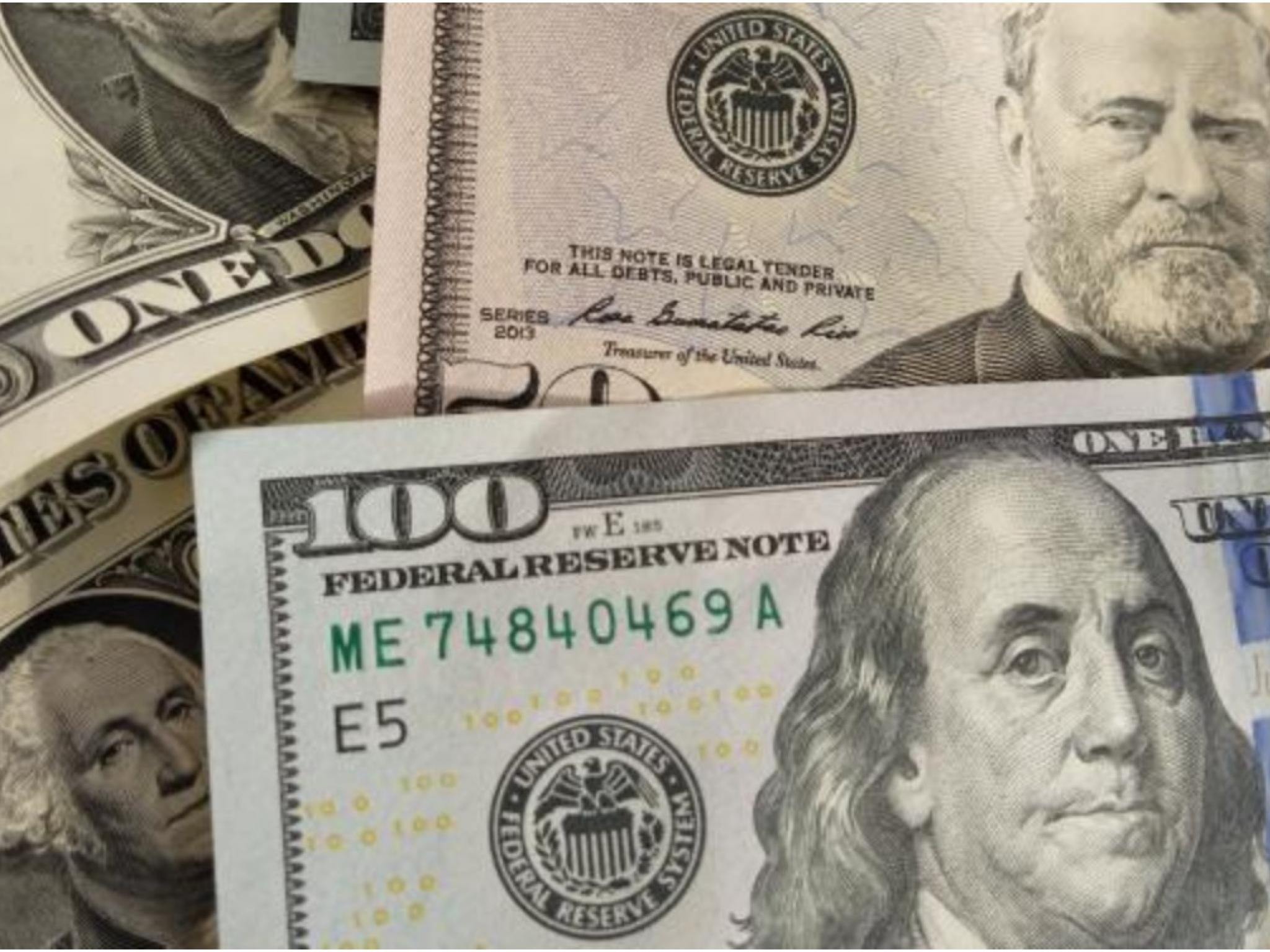
A unique characteristic of America's pandemic economy emerged for nearly every business in the country: Customers were willing to pay extra for the goods and services they wanted to purchase.
Companies used a spike in demand that seemed unstoppable to cover rising prices and increase their profit margins to prepandemic or record levels. Some corporate leaders even boasted about their newly discovered ability to hike prices during early-year earnings calls.
U.S. Representative Katie Porter is calling bluff, claiming that increased corporate profits account for more than half of the higher prices Americans are paying in light of the fact that inflation has now reached 40-year highs.
Related: Biden's Economic Advisers See Signs 'Fed Actions Are Having Effect' Amid Inflation Woes
It is crucial to examine prices and how they are being impacted in order to properly comprehend this policy issue.
The three primary cost components can be used to break down the price of almost everything in the American economy.
These include the "mark-up" of earnings over the first two components, nonlabor inputs, and labor costs.
The nonfinancial corporation (NFC) sector of the economy, which includes businesses that create goods and services and accounts for around 75% of the whole private sector, has solid data on these various cost components.
Read also: Why The Fed Needs To 'Break The Labor Market' To Avoid A 'Wage-Price Spiral'
Overall prices in the NFC sector have increased at an annualized pace of 6.1% since the COVID-19 recession's peak in the second quarter of 2020, a notable acceleration above the 1.8% price growth that defined the pre-pandemic business cycle of 2007–2019.
Surprisingly, higher profit margins account for 53.9% of this increase, with labor costs only accounting for less than 8% of the rise.
Profits only accounted for roughly 11% of price growth from 1979 to 2019 while labor costs accounted for more than 60%. In the present economic recovery, nonlabor inputs are also pushing prices up higher than usual.
It is exceedingly difficult to reconcile recent inflationary arguments that are solely based on macroeconomic overheating with the historically high profit margins in the economic recovery from the pandemic.
Evidence from the last 40 years clearly supports that as unemployment declines and the economy strengthens, profit margins should contract and the portion of corporate sector revenue going to labor compensation (or the labor share of income) should increase.
Expectations of inflation based only on assertions of macroeconomic overheating should be seriously questioned in light of the fact that the recovery has so far followed the exact opposite path.
A temporary excess profits tax would be a good method to stop corporate power from being used to raise prices in the upcoming year.
Bigger corporate profits account for *over half* of the higher prices people are paying. pic.twitter.com/RZr5O0X4oJ
— Rep. Katie Porter (@RepKatiePorter) October 18, 2022







